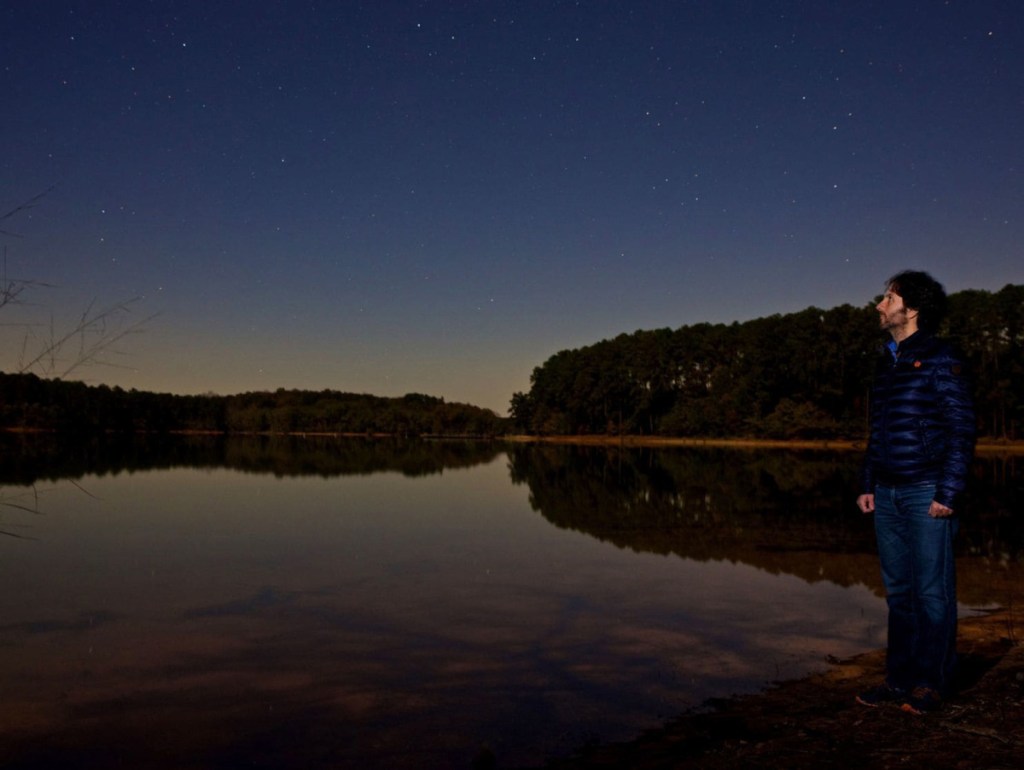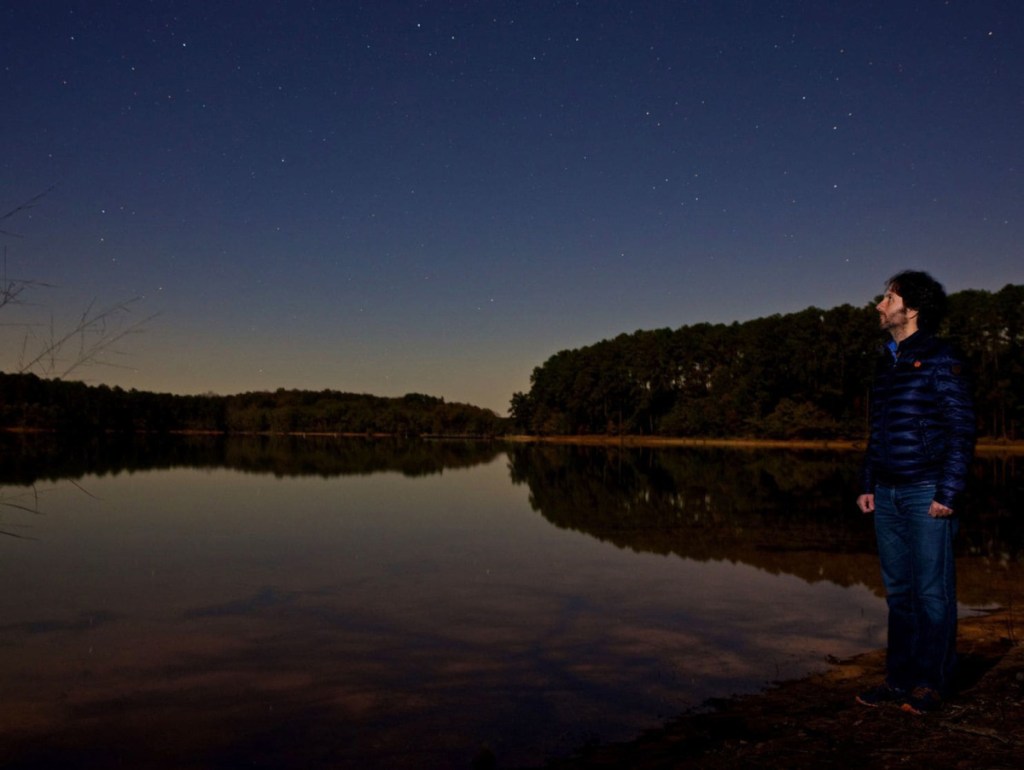The universe shines with the light of some billion trillion stars. A team of astrophysicists recently used a satellite to sum up all these stars’ light, measured in particles called photons.
Let there be numbers: By their estimate, over the history of the universe, stars have emitted 4 times 10-to-the-84th-power photons into the visible universe (that’s a 4 followed by 84 zeros).
But their work was more than counting sunbeams. The technique allowed astrophysicists to construct a history of star formation: Star births peaked about 3 billion years after the Big Bang, as members of the international Fermi-LAT Collaboration reported Thursday in the journal Science. This spurt has slowed dramatically in the 10-plus billion years since.
Marco Ajello, an astrophysicist at Clemson University in South Carolina, and a large team of scientists working with the Fermi Gamma-ray Space Telescope measured what’s known as extragalactic background light. “This is basically the entire emission from all the stars in the universe,” Ajello said.
COSMIC DARK AGES
Extragalactic background light is “very precious for cosmologists,” said Elisa Prandini, an astrophysicist at the University of Padova in Italy, who was not involved with this research. “It encodes the stars’ formation history from the end of the ‘cosmic Dark Ages,’ hundreds of million of years after the Big Bang, up to present day.”
For years, astronomers wanted to wring information from distant starlight. But the extragalactic background light is very difficult to observe directly, because it is swamped out by nearby emissions from the solar system and the rest of the Milky Way galaxy’s stars. So Ajello and the team measured starlight by proxy, with the help of gamma rays.
Stars form in a cradle of gas and dust. This cradle absorbs some of the light. But the rest of the light particles, the photons in the visible and ultraviolet wavelengths, escape to glow across the universe. Not all their journeys have peaceful endings. If the starlight photons smack into gamma rays, for instance, the result is an annihilation that creates new particles.
Gamma rays are made of photons, too, though these have tremendous amounts of energy, up to a trillion times as much as visible light. Blazars, or supermassive black holes at the centers of galaxies, emit gamma rays when matter near these black holes is shredded and flung away.
These collisions work in the astronomers’ favor. “If you have a gamma ray photon, this will only interact with photons from starlight,” Ajello said. The starlight is, essentially, “absorbing” the gamma rays, akin to the way gases in Earth’s atmosphere absorb light from the sun. The gamma ray detector on the Fermi observatory can observe how these rays lose energy when they annihilate starlight. Measuring that absorption, this energy loss is a sign that the rays hit star photons. And presto: a way to count starlight.
STARS BEGIN TO BLOOM
The team used 739 blazars to survey starlight across history. The most distant blazar was created 200 million years ago. The nearest blazar gave the scientists a view as recent as 11.6 billion years after the Big Bang. The stars really began to bloom when the universe was just 2 billion years old. Star formation reached its peak a billion years later and then began a slow decline as it aged.
This peak of star formation is consistent with independent measurements via other telescopes, Prandini said. That’s good news, she said, because it means “we are actually seeing almost all the galaxies populating the recent universe.”
What’s more, this “excellent data set” of the extragalactic background light still holds more information to be examined, Prandini said. It could be used to measure other cosmological values, such as the Hubble constant (which describes the universe’s expansion) and all of the matter, including dark matter, in the universe.
Though this technique offered a glimpse into the early ages of the universe, the first billion years are still poorly understood. For that, Ajello said, astrophysicists are eagerly anticipating the long-delayed launch of the James Webb telescope, which will probe farther stars – and further back in time.
Send questions/comments to the editors.




Success. Please wait for the page to reload. If the page does not reload within 5 seconds, please refresh the page.
Enter your email and password to access comments.
Hi, to comment on stories you must . This profile is in addition to your subscription and website login.
Already have a commenting profile? .
Invalid username/password.
Please check your email to confirm and complete your registration.
Only subscribers are eligible to post comments. Please subscribe or login first for digital access. Here’s why.
Use the form below to reset your password. When you've submitted your account email, we will send an email with a reset code.